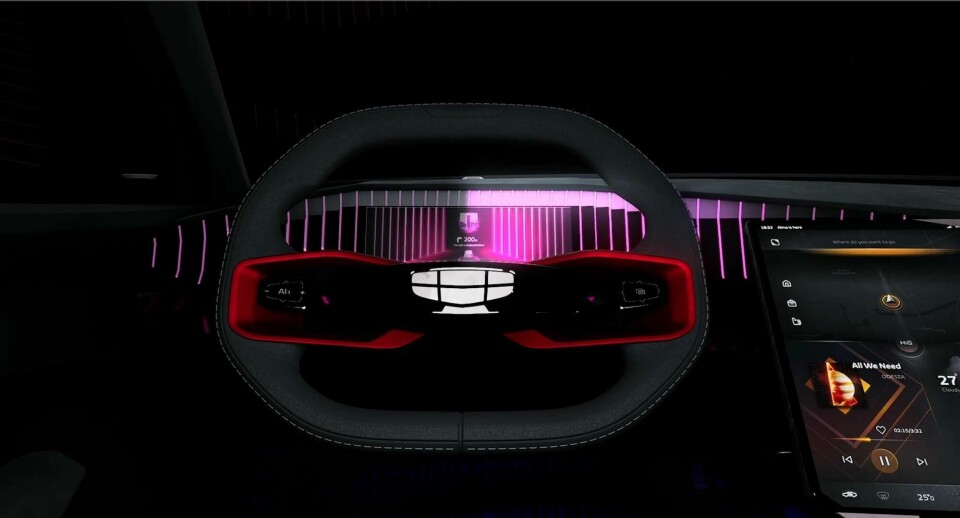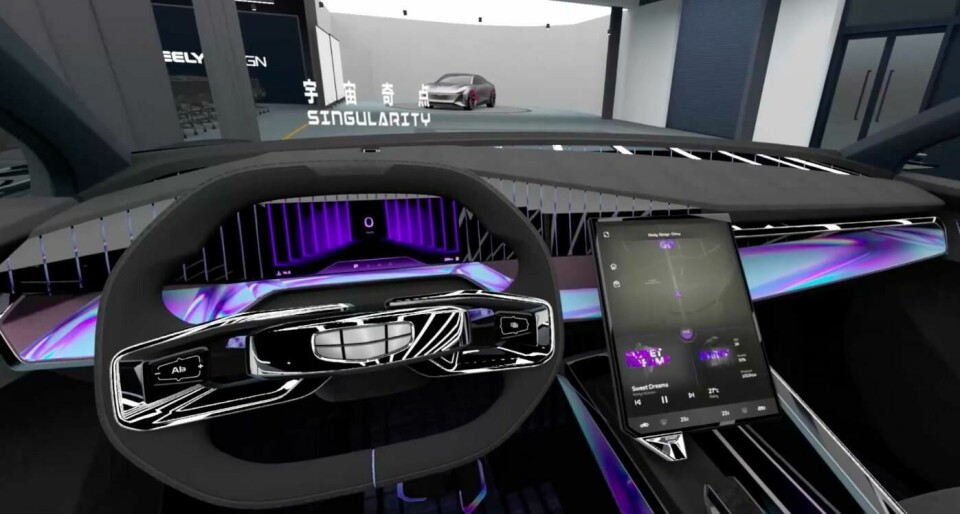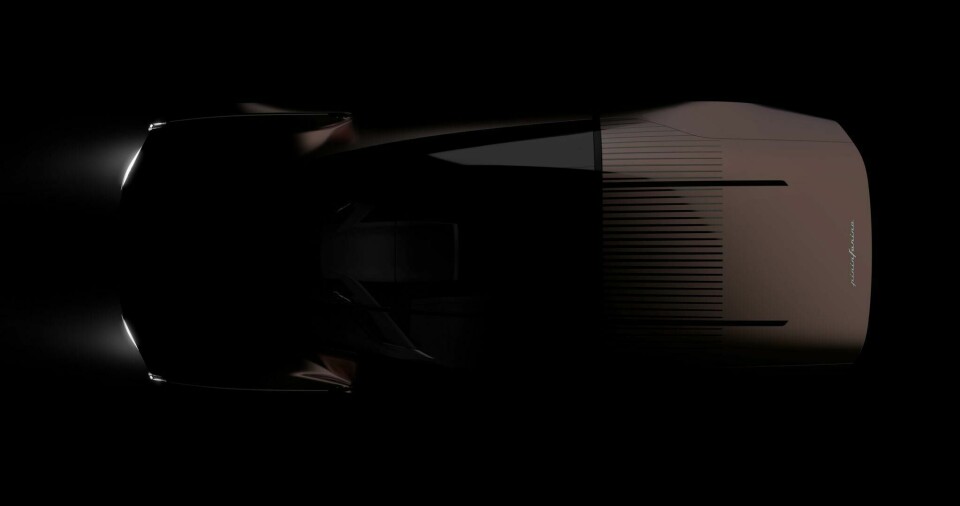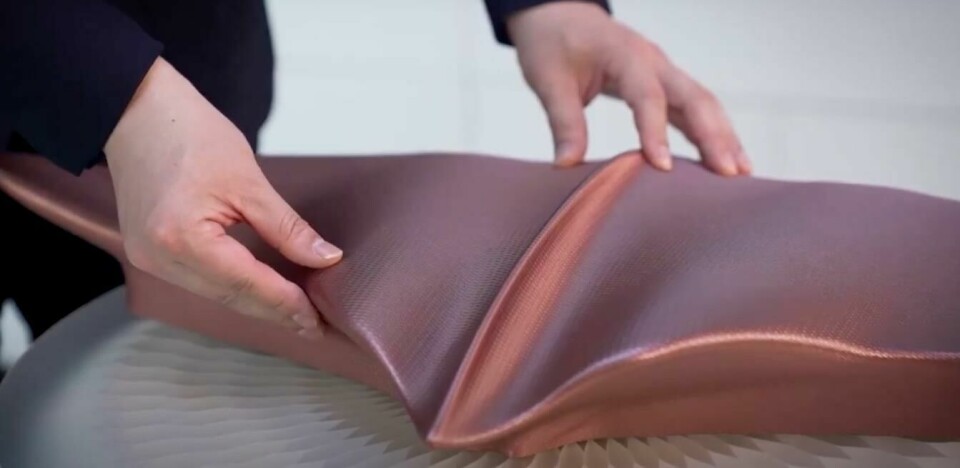
Car Design Dialogues Asia day 2 in review
A brace of exclusive reveals from Geely and Pininfarina, plus a candid interview with GAC’s Fan Zhang were an fitting prelude to the China Awards ceremony on day 2 of Car Design Dialogues Asia
With two international premieres, the must-see Geely design review session at Car Design Dialogues Asia was centred around the Cosmos Rhythmic Energy and Vision Starburst concept. Taking us deep inside their studio in Shanghai, the team showcased the two models and highlighted key aspects of the designs. “The two cars are really important for us,” said Huang Ning, head of creative design at Geely. “Geely Auto is aiming to provide mobility for a huge part of the market, and there isn’t a single solution for all the diversity. So for that reason, we have created two expressions of our Expanding Cosmos philosophy. One is very mature, defined, and has a leaning towards trustworthiness.”
“And the other is a little bit more brave, dynamic, and leaning towards power,” added Guy Burgoyne, vice president design, Geely Design China. “They are not opposites, but instead, they are siblings from the same mother.”

As well as viewing the models in more depth than ever before, Car Design Dialogues was granted access to the third floor of Geely’s Shanghai design studio – an area that Burgoyne describes as “normally off-limits.” It is here that several sections of the wider design team come together to work on the most secretive projects.
Standex explored what they called the art of the possible – an experiment in uniting form with surface as more and more customers demand eco-friendly materials. Fitting then, that Architexture Design Consultancy, the design studio of Standex Engraving Mold-Tech, landed on a manta ray as the form that best demonstrated the company’s technical ability. The team documented every stage of the Manta project, from inception, to prototyping, engraving and manufacturing the final parts. Architexture’s Mike Miller summed up the project: “Instead of going to Walmart you are going to Saville Row – you are getting a product design for your shape, your needs and your aesthetic taste.”
Legendary Italian design firm Pininfarina unveiled its Teorema concept during this session – a world exclusive for Car Design Dialogues. Designed entirely with digital tools in a virtual environment, this sharp concept is crammed full of sensors that process information in real-time to enhance the user journey, while the space inside is designed to be relaxing as well as social. It is a fully autonomous and fully electric concept, created with the aim of fostering a sense of community and harmony.
Following a short film, the design team at Pininfarina joined CDN’s editor-in-chief Christopher Ludwig to discuss the concept in greater detail. “There are so many innovative solutions that work together to create this harmonious vehicle,” explained Kevin Rice, chief creative officer, Pininfarina S.p.A. “There is one feature in particular that makes me smile – the inside of the front fin. It’s a little hard to see at first, but there are illuminated horizontal white strips that subtly suggest the exit of the air from the wheel area to improve the aerodynamic efficiency, but then they switch to the indicator function. It’s the attention to detail, even in an area that isn’t very visible, that does it for me.”

Fan Zhang was the keynote speaker and in a candid and wide-ranging interview gave great insight into the current challenges and opportunities posed by the design scene in China. Zhang pointed out that although the speed of development and sheer number of competitors ramped up the pressure on designers, it meant that China is now the most exciting place to be in automotive design. “It becomes like a game where you have to beat your competitors. Yes, there is anxiety but it is fun.” Zhang said that GAC was preparing to launch two show cars at Guangzhou Auto Show in November 2021 and Beijing in April 2022. “Everybody is trying to come up with something new. We have to keep thinking so therefore I think what you could be seeing for the Guangzhou Auto Show showcar could be happening for our next generation EV cars.”

The prestigious China Awards closed off day 2, showcasing a breadth and depth of talent from the most important design schools in China. The elite judging panel included: Alexandre Dreyer, BASF, Guy Burgoyne VP Geely Design China, Kang Pengfei, senior exterior & interior designer VW Group Innovation Centre China, Larry Erickson, Global Director of Exteriors Design Group Magna Exteriors and Mathias Lenz head of design at Yutong Bus, all of whom were on hand during the virtual ceremony to hand out the awards. As always it was fiercely competitive with impressive attempts to integrate cultural context, technology and lateral thinking into elegant or pragmatic forms. The overall winner was Haoxi Li and Shuye Zhan from Dalian University of Technology who received their trophy from event sponsor Magna’s Larry Erikson. The judges remarked on how the work’s “marvellous exploration of chinese culture perfectly delivered the aesthetic.” To read about all the winners go here.



